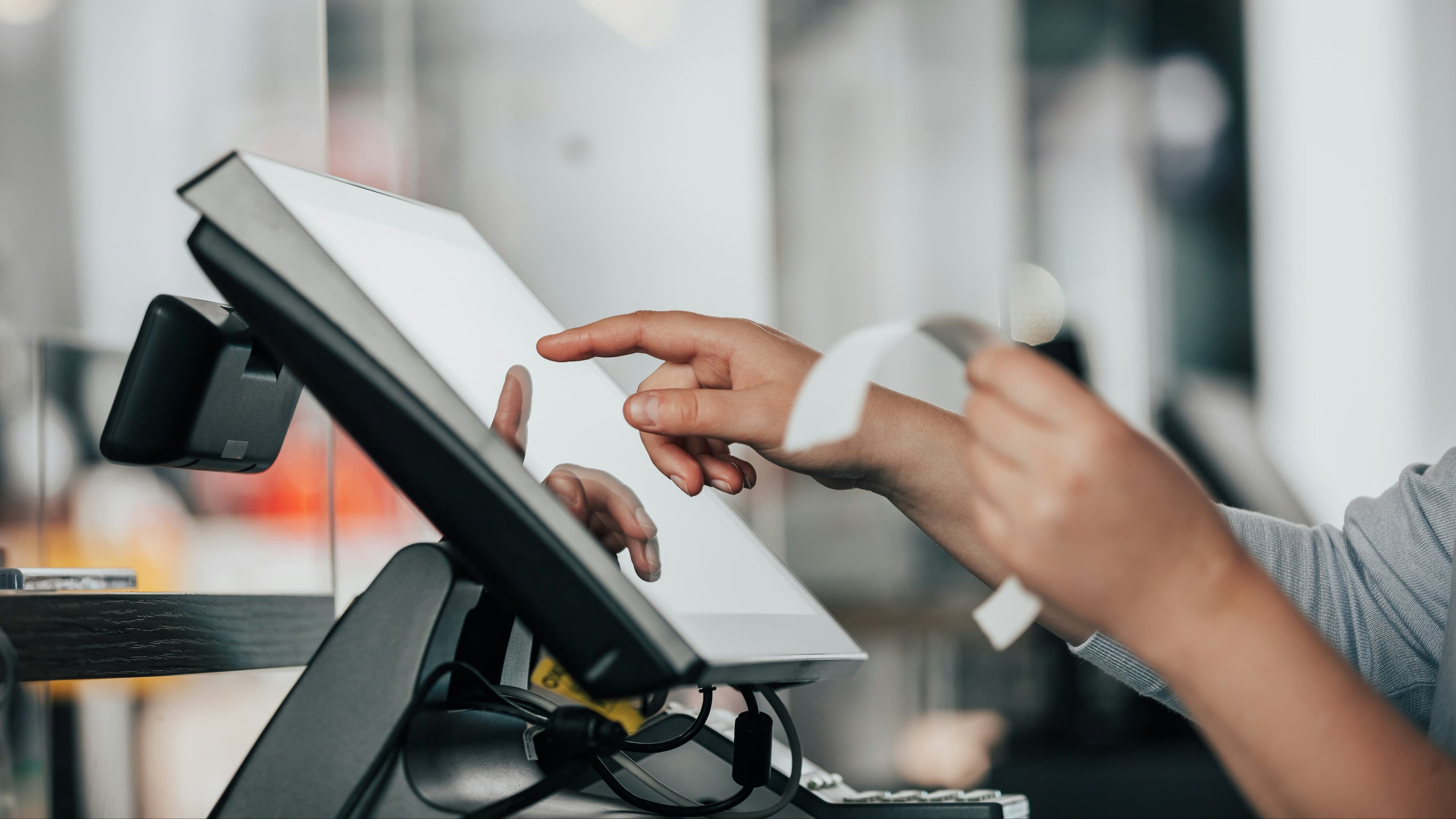 Your Money
Your Money Payment Receipt: What It Is, What It’s For, and How to Obtain It
A payment receipt is issued after purchases, transfers, or payments. Learn how to obtain a payment receipt and its uses.



Attempts to counterfeit coins and banknotes in Mexico are a recurring challenge. In 2023 alone, Banxico reported over 284,000 detections—and it still happens. But how can you tell if a banknote is fake?
Spotting a fake note doesn’t have to be complicated if you know what to look for. Below, we’ll show you multiple ways to spot a counterfeit banknote—so any time you’re in doubt, you can apply these checks.
Despite the strict security features, any bill can be counterfeited—even the world’s most valuable currency can be forged. However, it’s crucial to understand the distinctive traits designed for banknote authentication.
So, how can you tell if a banknote is fake?
Banxico suggests several effective ways to distinguish a genuine banknote from a counterfeit. Primarily, you should touch, look at key details, or tilt it in certain ways.
We’ll break this down step by step.
One way to test a note’s authenticity is to see if it lacks certain textures or specific raised areas.
Characteristics of a Fake Banknote:
Counterfeit bills typically use ordinary paper, like bond paper, which feels smoother.
A legitimate bill, on the other hand, has a unique texture because it’s made from cotton and polymer—more resistant and better quality than typical paper stock.
Genuine notes have embossed details you can feel by running your fingertips over them, especially in certain areas (e.g., the “Banco de México” text).
These raised features are most prominent in new bills, though they can wear down over time.
You can also figure out if a banknote is fake by observing specific visual details:
On a legitimate bill, certain printed elements on the front and back align perfectly to form images based on the denomination. On the 20-, 100-, 200-, and 500-peso notes, for instance, you can see Mexico’s outline.
How do you tell if a 200-peso bill is fake?
Hold it up to a light source. You’ll see a vertical strip, about a millimeter wide, running across the note. If it’s missing, the bill is fake.
Security threads appear on Family F notes of 100, 200, 500, and 1,000 pesos.
Genuine banknotes have a watermark with detailed shapes and tones that are tough to replicate on forgeries. Plus, it’s visible on both sides.
Present on 20-, 50-, and 100-peso bills—a transparent spot, often with raised or minute features, not easily copied.
How to tell if a 500-peso bill is fake?
Check the serials for sets of letters and digits matching in two orientations (vertical and horizontal). This is typical of Family G bills in 100, 200, 500, and 1,000 pesos. If they’re absent, it’s likely a forgery.
All these features appear when you hold the note against the light; most are added during production.
Looking for elements that become visible or change appearance when you tilt the note is another way to confirm authenticity.
Some examples:
Some Family G notes feature small numbers in their design whose color shifts when the note is angled.
Another way to verify a 500-peso note is to check if the thread crossing the paper shows patterns in 3D—spiral shapes that move in the opposite direction of the note’s rotation (if the note is horizontal, the pattern moves horizontally when tilted, and so on).
This 3D thread is present on Family F notes and comes in different colors, depending on the denomination.
Certain features on the note change tone when viewed from different angles—front or slightly tilted forward/back. Found mostly on 20-, 50-, 100-peso bills from Families F and G.
Family G notes of 200, 500, and 1,000 pesos include a thread containing numbers and horizontal bars. These bars appear to move when you tilt the note.
Such elements require advanced technology to produce—so they’re essential features for detecting genuine notes just by moving them.
The best approach is to bring it to a bank branch. They’ll forward it to Banco de México, which will verify it. Generally, they issue a receipt for you to track the process, listing:
Note details: denomination, serial numbers, series, and issue date.
Your personal information: name, address, and phone number.
Bank info: name and branch location.
The bank then has 20 working days to confirm the note’s authenticity and provide a result.
If it came from an ATM, you have up to 5 working days from the date you withdrew the note to file a claim with the bank. You’ll only be refunded the note’s value if it turns out to be real.
Want to Avoid Getting Fake Notes?
The best way is to use digital methods—like bank transfers, for instance. They provide greater safety for your money and personal info.
If you do, you can file a police report with details that help investigators:
Your ID and address
A detailed account of what happened
Possible witnesses
Other evidence supporting your complaint
You can file a complaint with CEDAC under the Fiscalía General de la República (FGR). You can also call the Centro de Atención Ciudadana de la Policía Federal at 088.
Counterfeiters abound in Mexico and elsewhere, frequently targeting high-value banknotes. This is why it’s worth exploring digital tools like DolarApp for safer dealings. In addition to managing your money through our app, you can also do international transfers.
The app allows you to open an account in one of the world’s strongest and most widely used currencies: the digital U.S. dollar.
Meaning with DolarApp, you’ll have the capability to manage and receive payments in digital dollars.
If you don’t report a fake note and proceed to use it for payment, you’re committing a crime. In fact, you could be sentenced to 5–12 years in a Mexican prison.
The 500-peso note leads, followed by the 200-peso note, according to Banco de México data, due to their high circulation and value.
You typically mark the note’s surface with a special marker. If the mark is dark, the note is fake; if it’s authentic, it won’t leave a visible mark or it’ll be faint. However, this method isn’t 100% reliable, and Banco de México discourages its use.

The world has borders. Your finances don’t have to.
 Your Money
Your Money A payment receipt is issued after purchases, transfers, or payments. Learn how to obtain a payment receipt and its uses.

 Your Money
Your Money Discover what an investment fund is and how it works to make your money work for you with the help of professional fund managers.

 Your Money
Your Money You can send money from Mexico to the United States through Walmart. Find out how to do it and what the costs are for using this service.


